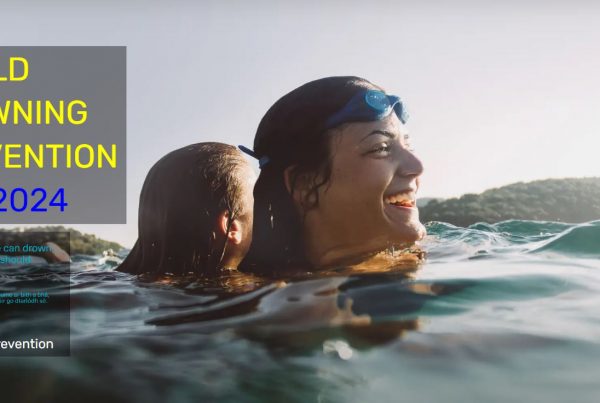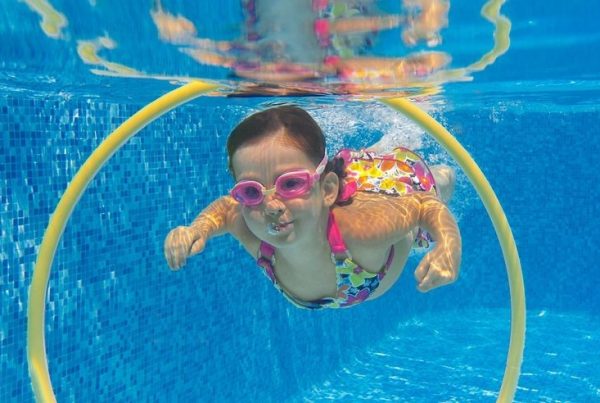79% were male; six were children aged 14 and under; appeal – “Teach children how to stay safe near water.”
Today’s release by Irish Water Safety of the drowning statistics for 2014 reflects the importance of uninterrupted child supervision and an appeal for people to take training before pursuing aquatic activities. This appeal comes in the wake of 114 drownings last year, 23 more than in 2013.
An analysis reveals that:
Overall
114 people drowned in Ireland in 2014. 55 were accidents (also 55 in 2013), 33 suicides (19 in 2013), 25 undetermined (17 in 2103), 1 homicide. 91 drowned in 2013. The highest figure recorded in any one year was 235 in 1983, the lowest was 73 in 1936.
Gender
Males were particularly at risk, accounting for 79% of drownings (90); 24 females drowned. Of the 24 females: 50% suicide, 29% accident, 17% undetermined, 4% homicide. Of the 90 males: 50% accident, 23.5% suicide, 23.5% undetermined.
Age
Six children aged 14 and under drowned. Six teenagers drowned (3 accidental, 3 suicide). 23% of all those who drowned were adults aged 50-59. 25% drowned aged 0-29; 55% aged 30-59; 20% aged 60-85.
Location
Leinster 39%; Munster 33%; Connacht 17%; Ulster (part of) 11%. Dublin had the highest (16); Cork and Limerick had 2nd highest (13 each); Galway had 3rd highest (12).
It only takes seconds for tragedy to strike but this can so easily be avoided if people take responsibility for their own safety by taking note of the following in advance of any aquatic activity:
- Teach schoolchildren how to stay safe for summer, listed on www.iws.ie
- Take training with a recognised provider, listed on www.safetyzone.ie
- Swim at Lifeguarded waterways, listed on www.iws.ie
- If there is no Lifeguarded waterway nearby then swim at a recognised, traditional bathing area
- Swim within your depth – stay within your depth
- Never use inflatable toys at beaches, rivers or lakes
- Use local knowledge to determine local hazards and safest areas to swim
- Ensure that ringbuoys are present
- Make sure that the edges are shallow shelving so that you can safely and easily enter and exit
- If you drink alcohol, only do so after your aquatic activity has ended
- Wear a lifejacket with crotch strap when on the water.



